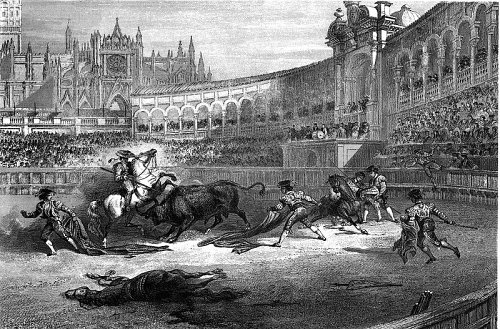Alfred Tarski imagines a 100-page book in which page 1 reads, “The statement on page 2 of this book is true.” Page 2 reads, “The statement on page 3 of this book is true.” This continues until page 100, which reads, “The statement on page 1 of this book is false.” Is the statement on page 67 true or false?
In writing the preface for a new book, an author commonly thanks those who helped him and concludes, “I am responsible for the inevitable errors that remain.” David Makinson notes that the author now seems to believe, simultaneously and rationally, that each given statement in the book is accurate and that at least one of them isn’t.
(William Poundstone notes that the author might try to escape this problem by writing instead, “At least one of the statements in this book is false.” Now if the text itself is clean, the disclaimer cancels itself … or does it?)
Kurt Vonnegut’s 1963 novel Cat’s Cradle is prefaced with the statement “Nothing in this book is true.” Is this statement true?



